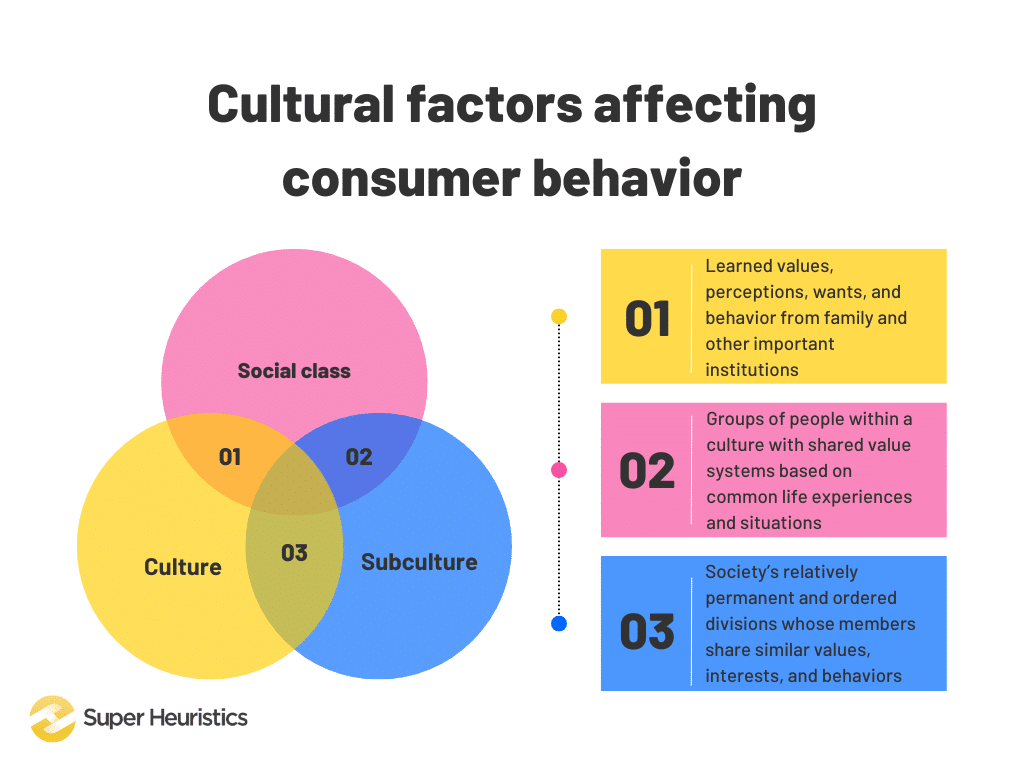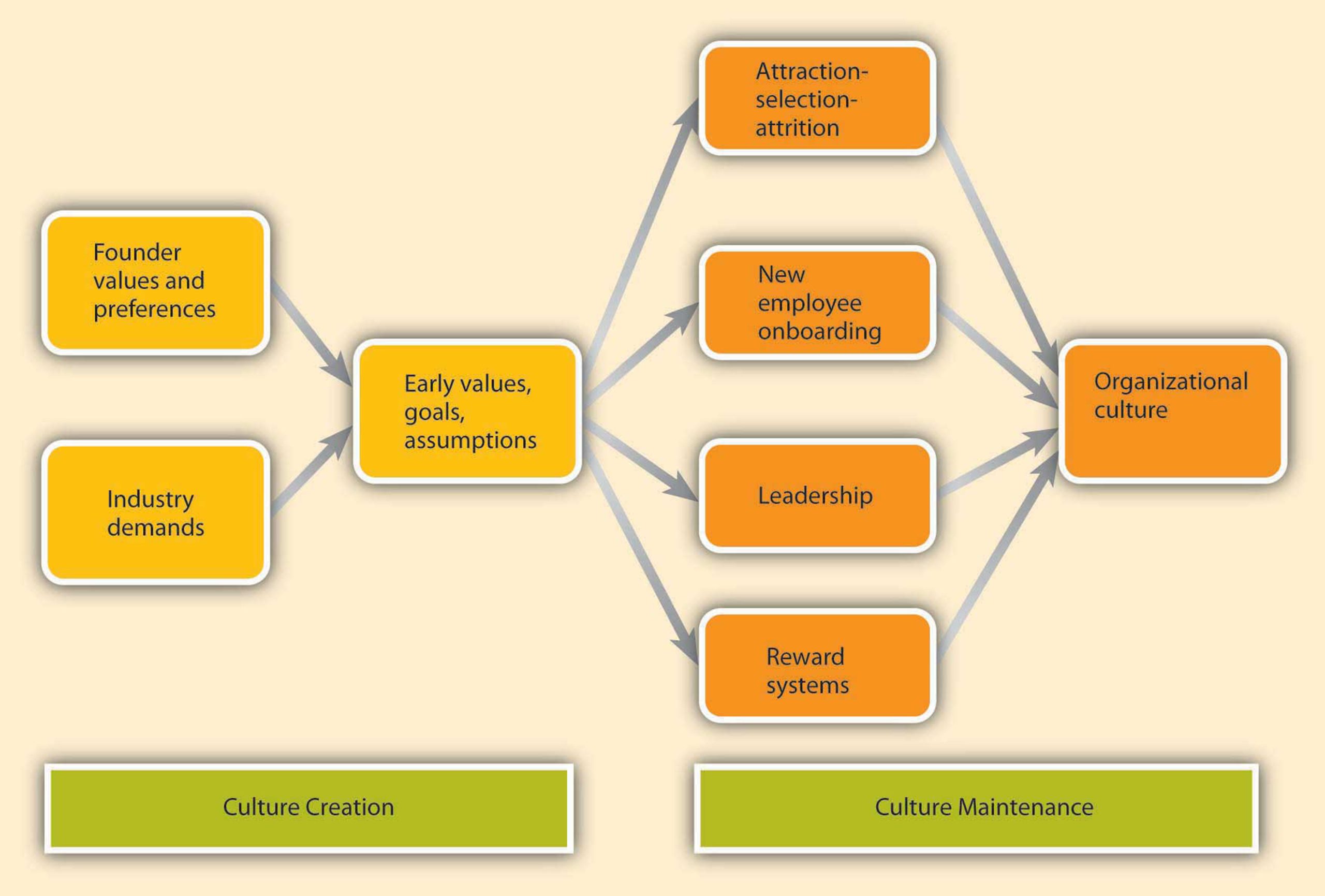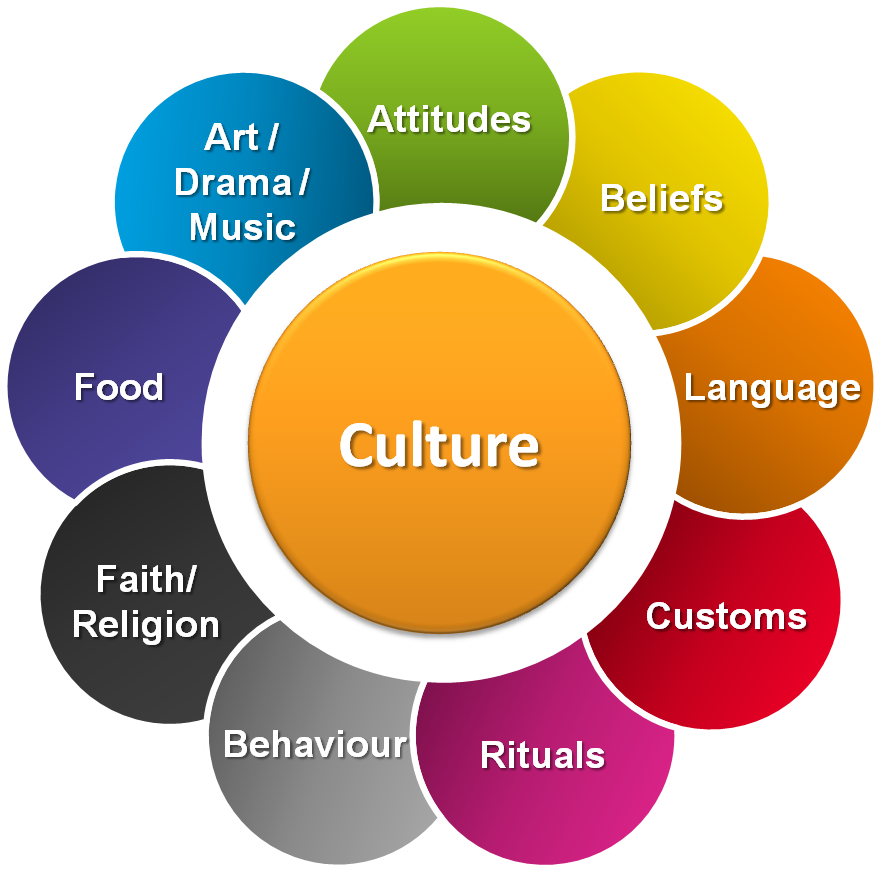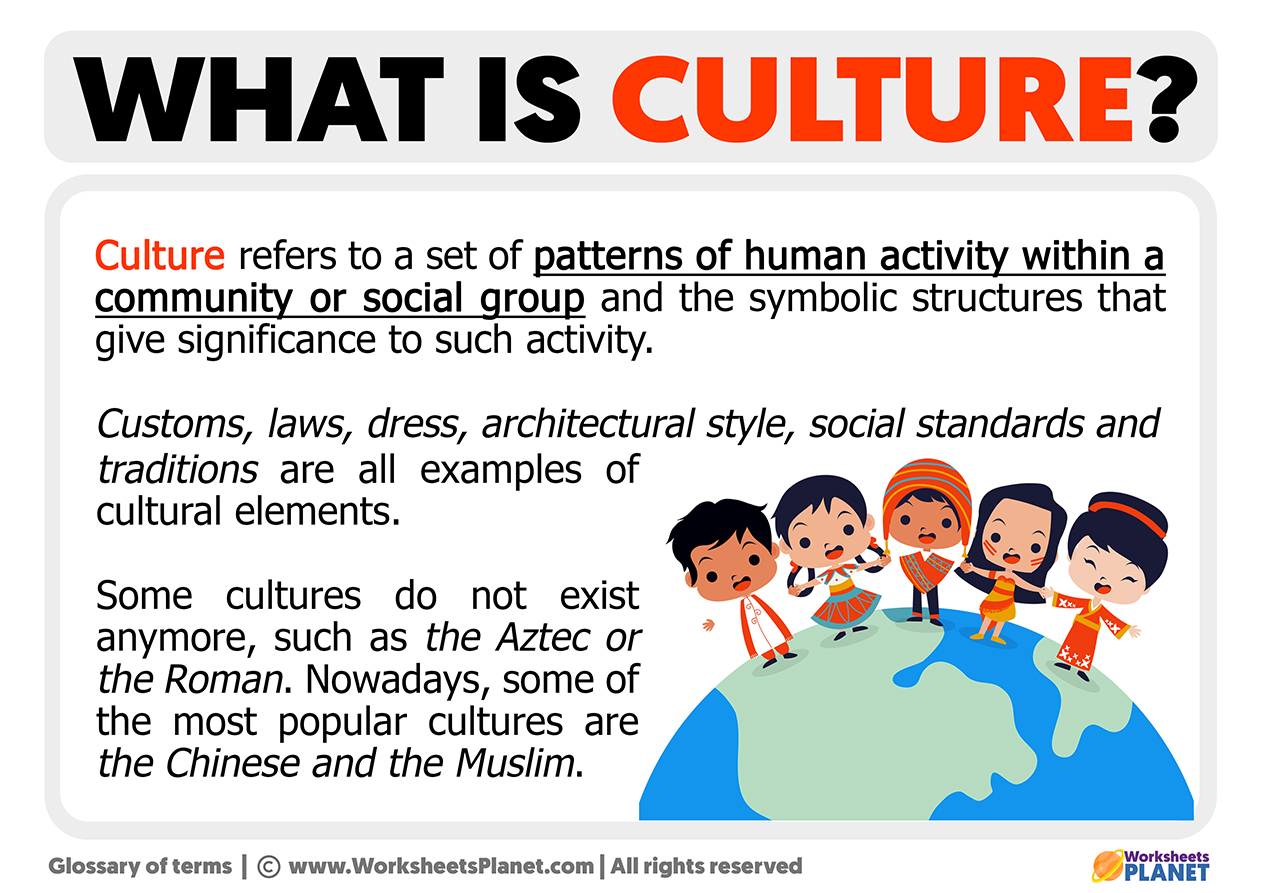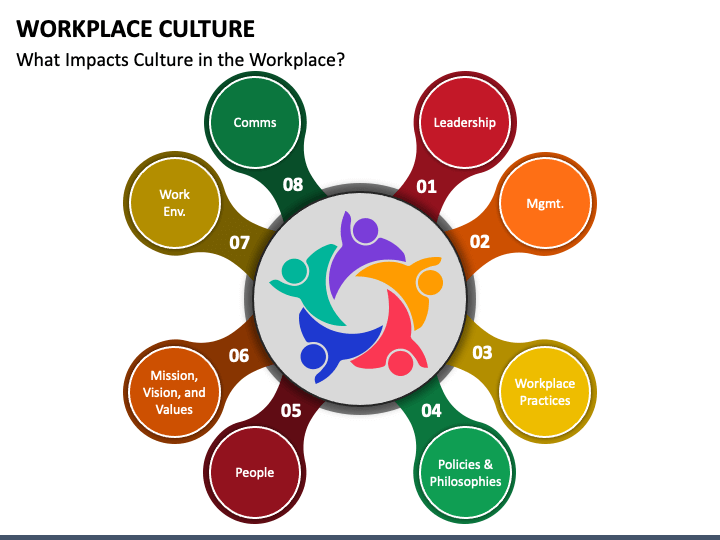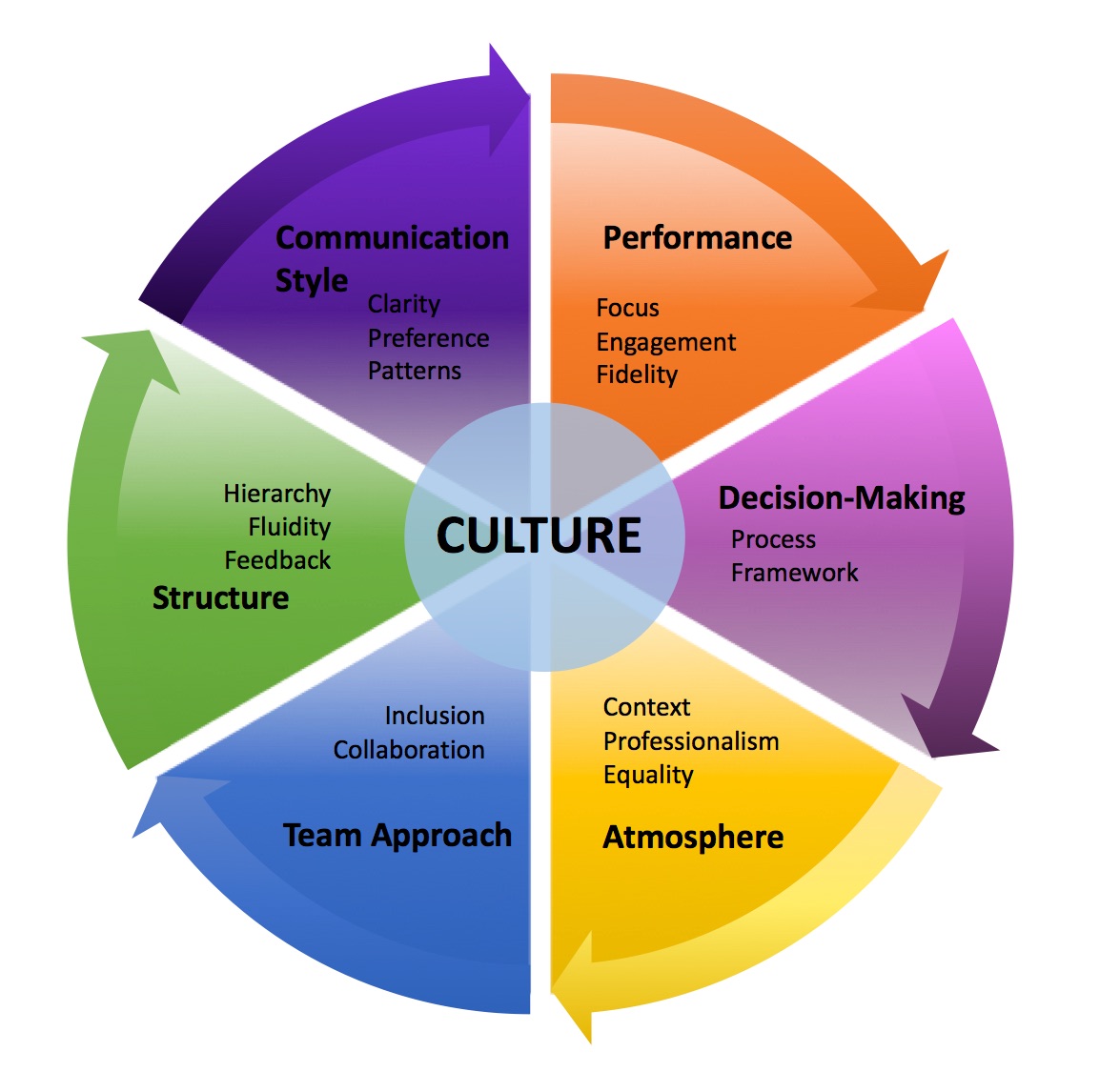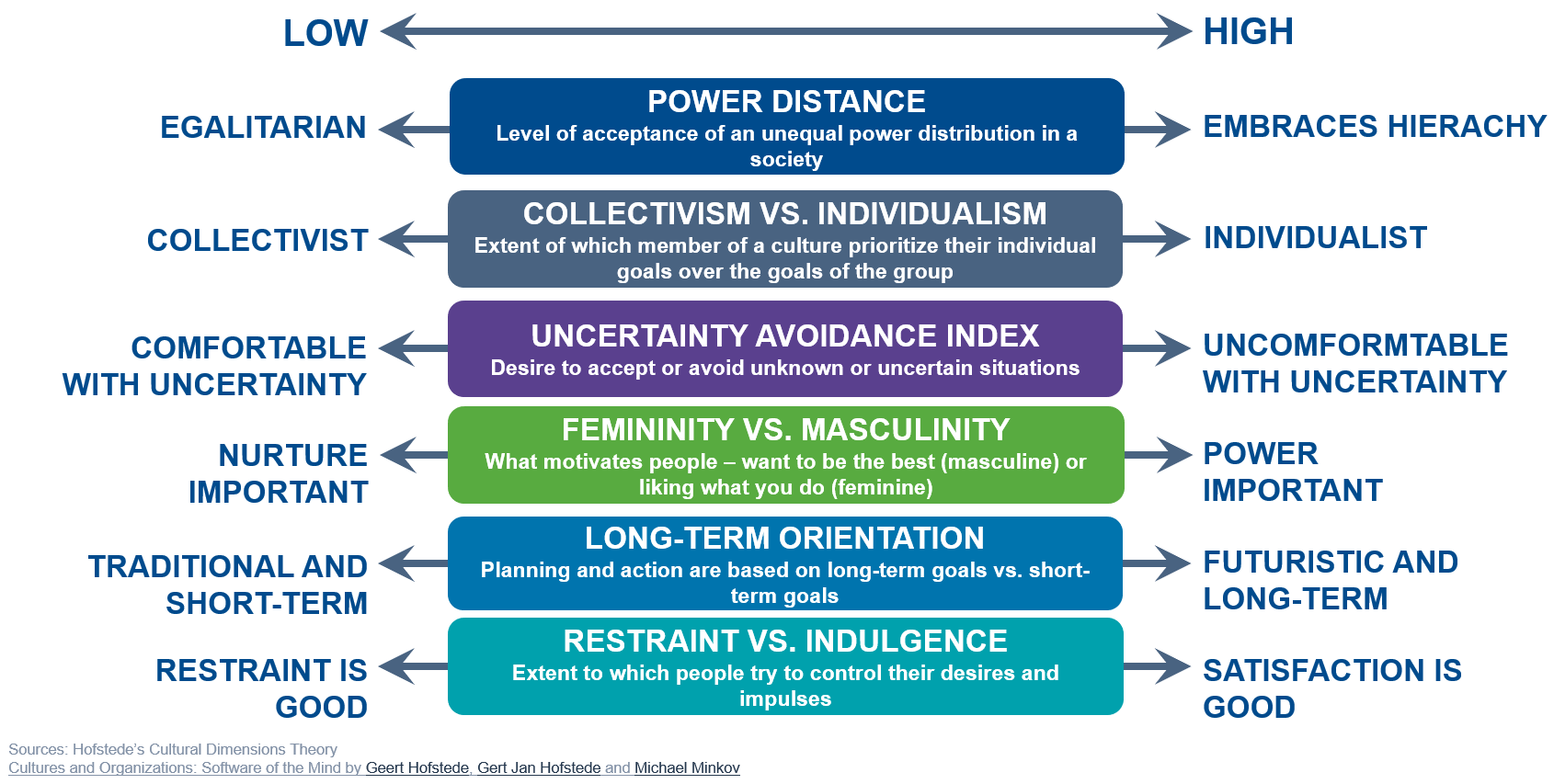Most Experts Agree That Culture Includes The Following Key Factors

Global understanding hinges on a unified grasp of culture. Leading scholars have converged on core components that define this complex societal construct.
This consensus, though nuanced, provides a crucial framework for cross-cultural communication, policy-making, and international relations. Understanding these key factors is now more vital than ever amidst increasing globalization and intercultural interactions.
Shared Values and Beliefs
At the heart of any culture lies a system of shared values and beliefs. These are the fundamental principles that guide behavior and shape perceptions of the world, dictating what is considered right or wrong, desirable or undesirable.
Examples include collectivism versus individualism, respect for elders, and religious or spiritual tenets. These shared values are not always explicitly stated but are deeply ingrained in the collective consciousness of a society.
Norms and Customs
Culture manifests through norms and customs: the accepted ways of behaving in a given society. These can range from formal laws to informal etiquette and social expectations.
Customs influence daily life, from greetings and dining habits to dress codes and holiday celebrations. Violations of these norms can lead to social disapproval or even legal repercussions.
Language and Communication
Language is a cornerstone of culture, serving as a vehicle for transmitting knowledge, values, and beliefs across generations. It shapes thought patterns and influences how individuals perceive and interact with the world.
Communication styles, both verbal and nonverbal, are also culturally determined. These include tone of voice, body language, and the use of silence, creating complex layers within intercultural exchanges.
Material Culture and Technology
Culture is also reflected in its material culture – the objects, artifacts, and technologies created and used by a society. These tangible expressions provide insights into a culture's values, priorities, and level of development.
From architecture and art to tools and transportation systems, material culture reveals a society’s adaptation to its environment and its creative capacity. The evolution of technology, a key component of material culture, dramatically reshapes societies.
Social Institutions
Social institutions – the organized systems that structure social life – are integral to culture. These include the family, education system, government, and religious organizations.
Each institution plays a crucial role in socializing individuals, transmitting cultural values, and maintaining social order. Variations in these institutions reflect the diverse cultural landscapes across the globe.
Arts and Expression
Arts and expression are powerful mediums through which culture is communicated and celebrated. This includes music, dance, literature, visual arts, and other forms of creative expression.
These artistic forms reflect the values, beliefs, and historical experiences of a society. They serve as a source of identity, pride, and cultural continuity for a community.
Geographic and Environmental Factors
The geographical environment and climate significantly influence the development of culture. These factors shape subsistence strategies, architectural styles, and even social structures.
For example, agricultural societies tend to develop different cultural practices compared to nomadic pastoralist societies. Adapting to specific ecological conditions fosters unique cultural traits.
Conclusion
Recognizing these core factors of culture is a crucial step toward fostering greater understanding and cooperation across diverse populations. Further research is needed to explore the complex interplay between these factors in specific cultural contexts.
Ongoing efforts to promote intercultural dialogue and education are essential for navigating an increasingly interconnected world. Future studies should focus on the dynamic nature of culture and its continuous evolution in response to global forces.

